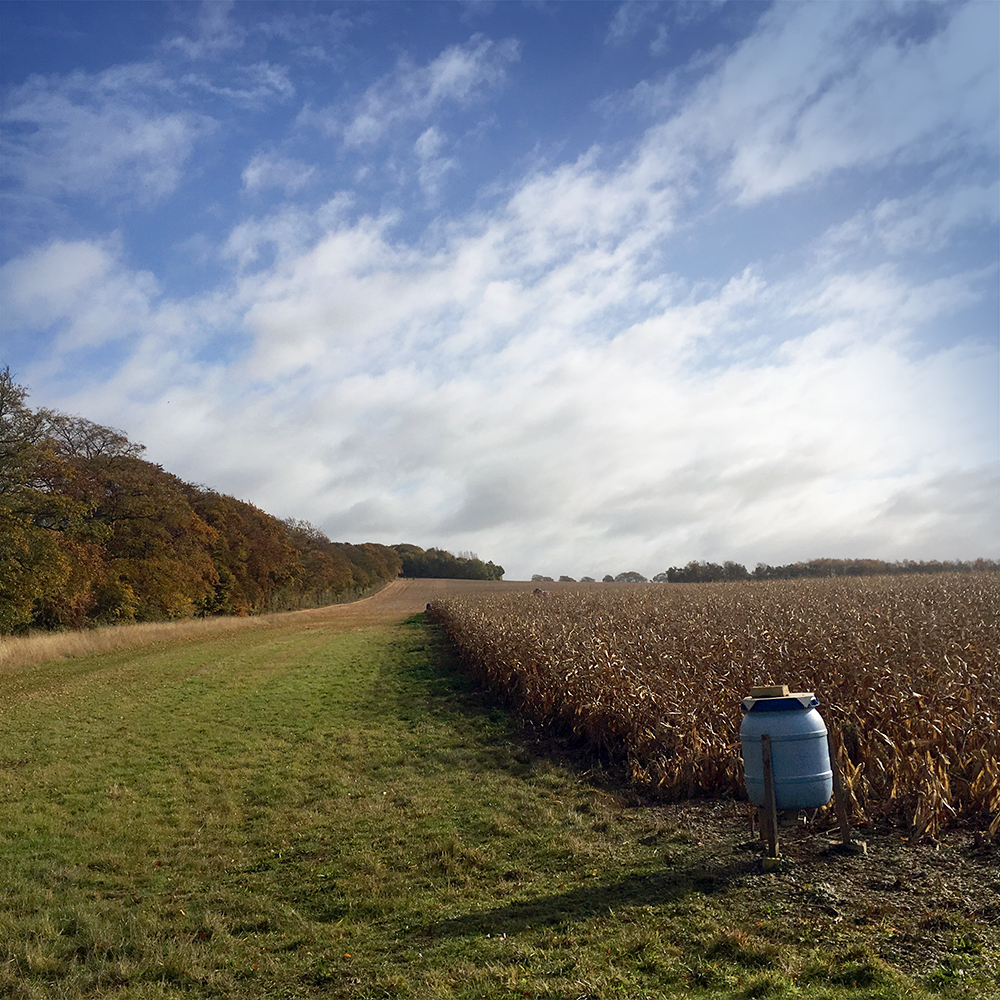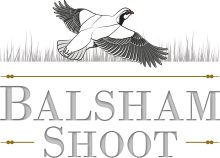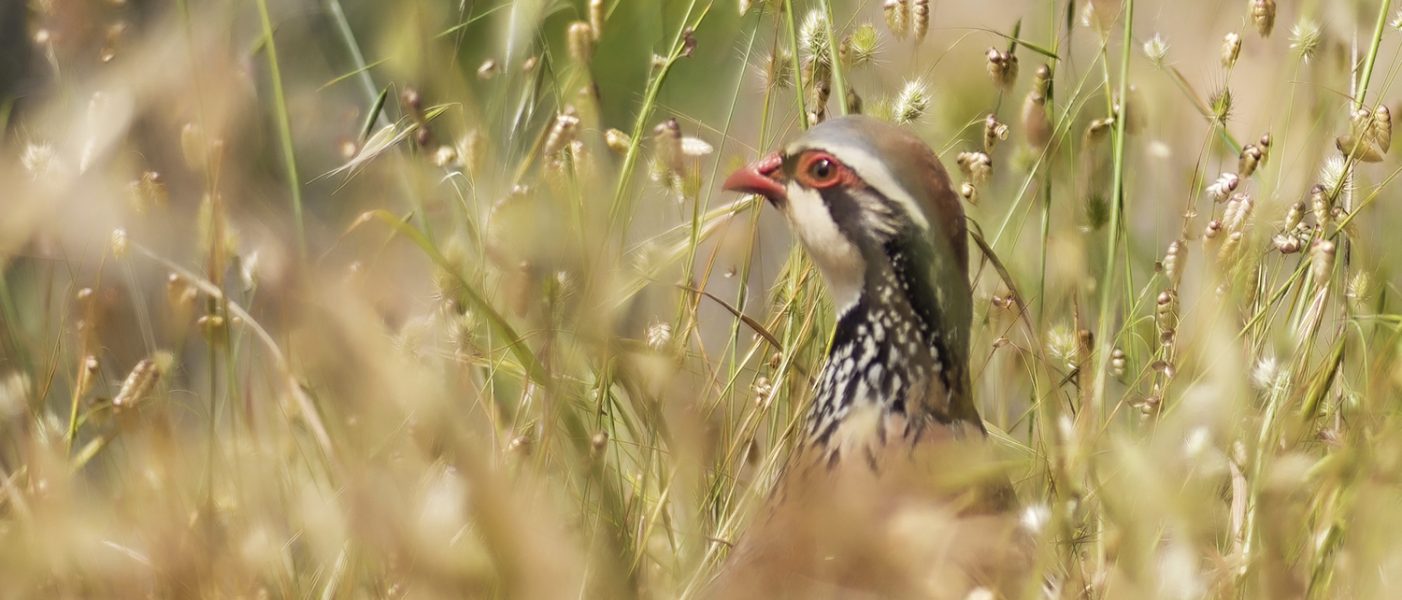Introducing the Red Legged Partridge
The French, Spanish or red-legged partridge as it is more commonly known, is not a native game bird in the British Isles. Its origins are in the semi-arid regions of the Mediterranean but since the 17th century, when it was introduced into southern Britain, it has established itself as a major game bird. In the UK the red-legged partridge has really only become established in the last thirty years with its introduction into a number of shoots in the country. With the almost total absence of the grey partridge in the UK as a whole, the red-legged partridge had offered a new game bird species to a generation of sportsmen who would not otherwise have had the opportunity of enjoying partridge shooting.
Gamekeepers will tell you that the red-legged partridge has a tendency to run forward before beaters and dogs, unlike many other game birds, including the grey partridge, which will sit tight and then flush before the dogs or beaters. This trait can be frustrating but, when in the air, red-legged partridges are faster flying than their grey cousins and afford good sporting shots. While the grey partridges tend to flush over guns in large packs of up to twenty birds at a time, the red-legged partridges present themselves as single birds or in small groups of two or three birds. Consequently, the birds present as better targets and the return on shot birds when compared with those reared and released, is usually high.
Second Heading Here
The decline of the native English partridge has been well documented and the irony is that the reasons for its decline are widely known. Loss of habitat is cited as the main reason for the game bird’s decline in numbers, as miles of hedgerows were grubbed up in the early part of the 20th century in southern Britain in a bid to bring more land into arable use. With the removal of the hedgerows went the partridge’s protective cover and a major portion of its food source. The spraying of cereal crops with insecticide has also contributed to the demise of the grey partridge. A major source of food for partridge chicks is the insect life found at the edges of fields in late spring. Efforts have been made to ensure that spraying is not carried out at the edges of fields and with some success as far as the grey partridge is concerned. In some counties of southern England, grey partridge numbers are holding steady, although they will never again reach the levels of pre-First World War.



Leave a Comments
You must be logged in to post a comment.